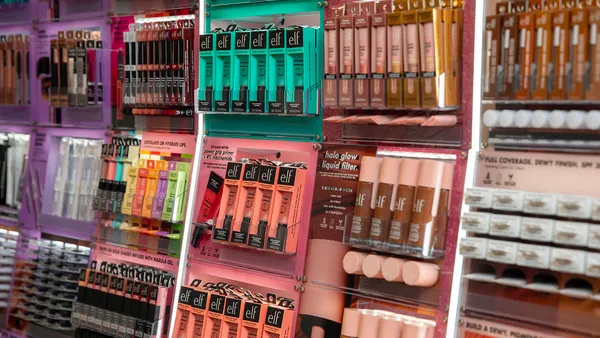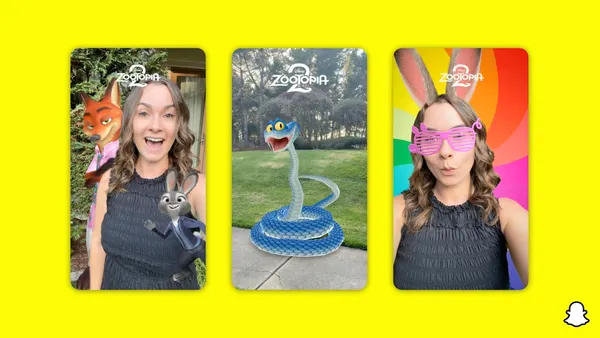Brief:
- While a majority of Gen Zers are not the primary purchasers of CPG products within their households, delivering ads to them sways sales, according to new research by Snap and NCSolutions shared with Mobile Marketer. Conducted in Q4 2018, the study analyzed 19 ad campaigns from 32 CPG brands to determine how well video, Lens, Story and other ads on the image-messaging platform work when delivered to users who don't control the household's purse strings.
- Sixty-three percent of sales were linked to Snapchat ads seen only by Gen Z users, categorized in the study as "purchase influencers," but not seen by primary shoppers. That number jumped an additional 12% when both the Gen Z user and main buyer saw the ad.
- "We've always known that younger generations influence what their households buy … but until now we haven't been able to quantify that influence," Snap's Marketing Science Group Lead John Eckhardt told Mobile Marketer in emailed statements. "This is the first marketing research to show that Gen Z [has] a powerful, tangible influence on CPG purchasing as a direct result of being exposed to ads on Snapchat."
Insight:
All eyes have been on Gen Z in recent years as marketers look to unlock insights into the young but influential cohort that has an estimated purchasing power of $143 billion a year. While the study by Snap and NCSolutions — a joint venture of Nielsen and Catalina — is less about decoding how and where Gen Zers spend money, it demonstrates the power they have in swaying their guardians' purchase decisions and how advertising on their preferred platforms impacts that.
It makes sense that Snap wanted to research how ad views by young users translates into sales within the household, especially as a majority of the image-messaging app's users fall into this age group. The promising results could also woo more brands to advertise on Snapchat. Many major advertisers have avoided placing ads on the platform, investment bank RBC found in a recent survey of Madison Avenue executives. More than three-quarters (76%) of ad professionals said they hadn't advertised on Snapchat despite its desirable demographic of young adults and teens, pointing to how the company must work to educate advertisers about its core offerings.
Traditionally, digital marketers have considered their target audiences as buyers only, NCSolutions' Chief Research Officer Leslie Wood told Mobile Marketer at Advertising Week.
"You need to think about the buyer as a household rather than the particular person who swipes the credit card," she said. "Speak to the consumer who's going to use your brand and going to be connected to it, and include them in your sense of prospects."
Gen Z shows several significant differences from older generations in their shopping habits and receptivity to traditional marketing tactics. Brands that adapt to these changing preferences are most likely to succeed early on with the group that's just hitting adulthood and beginning to assemble their own households and buying preferences. Gen Z shows the least loyalty among any demographic group, per an A.T. Kearney survey from earlier this month. Savvy marketers that listen and adjust to the cohort's preferences may be able to gain a leg up in the race for their loyalty.
According to Wood, that lack of brand loyalty poses a unique opportunity for marketers.
"If you're not brand loyal, it means you respond to advertising. When you're really loyal, it doesn't matter what ads you get. You're connected to a brand," she said. "Being less loyal might mean you're more responsive to those ads."














